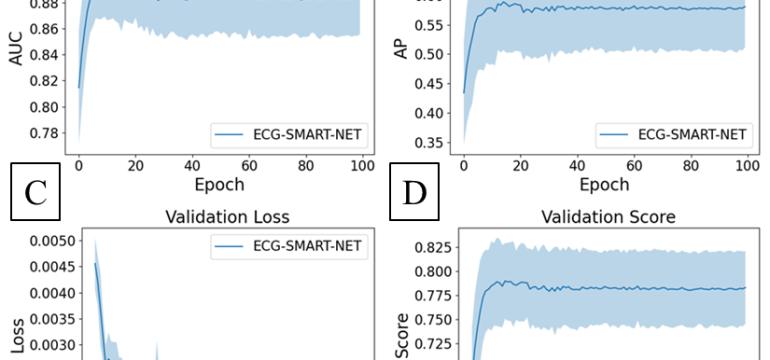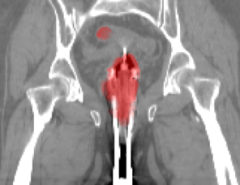Authors: Nathan T. Riek, Murat Akcakaya, Zeineb Bouzid, Tanmay Gokhale, Stephanie Helman, Karina Kraevsky-Philips, Rui Qi Ji, Ervin Sejdic, Jessica K. Zègre-Hemsey, Christian Martin-Gill, Clifton W. Callaway, Samir Saba, Salah Al-Zaiti
Published on: May 08, 2024
Impact Score: 7.4
Arxiv code: Arxiv:2405.09567
Summary
- What is new: Introduction of ECG-SMART-NET, a modified ResNet-18 architecture tailored to better capture temporal and spatial features in ECG data for OMI detection.
- Why this is important: Difficulty in visually identifying occlusion myocardial infarction (OMI) in ECGs, leading to potentially fatal delays in treatment.
- What the research proposes: A clinically informed modification of the ResNet-18 architecture that integrates temporal and spatial convolutional layers specifically designed for ECG data.
- Results: ECG-SMART-NET achieved a test AUC score of 0.889 and a test average precision score of 0.587, outperforming other models.
Technical Details
Technological frameworks used: Modified ResNet-18
Models used: Temporal and spatial convolutional layers
Data used: 10,893 ECGs from 7,297 unique patients
Potential Impact
Healthcare providers, medical device companies specializing in cardiac care, and ECG technology developers
Want to implement this idea in a business?
We have generated a startup concept here: HeartGuardAI.




Leave a Reply